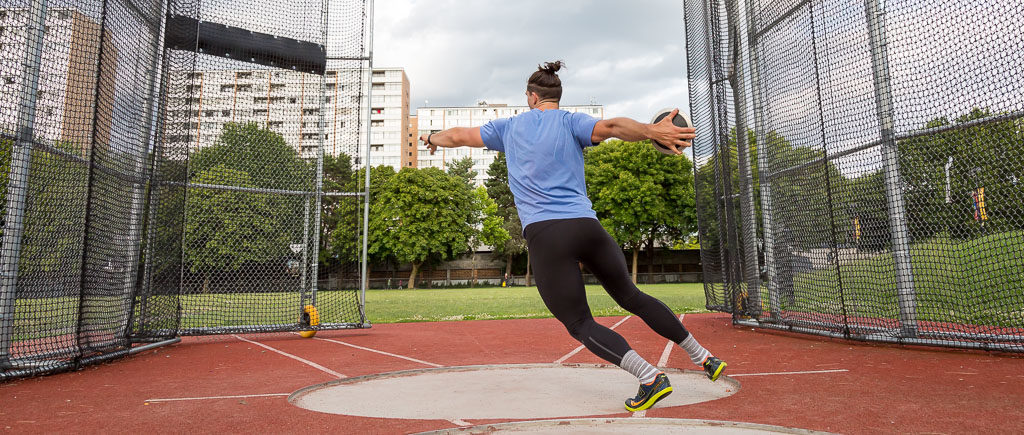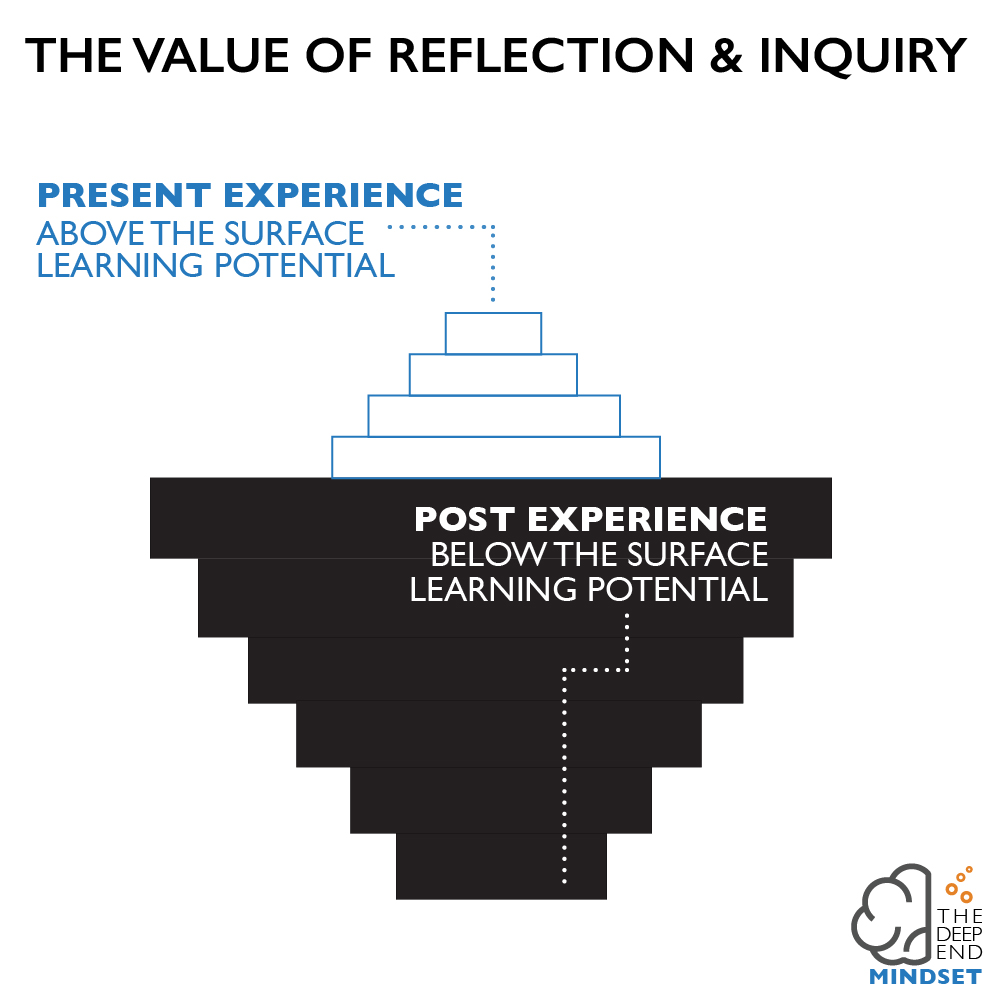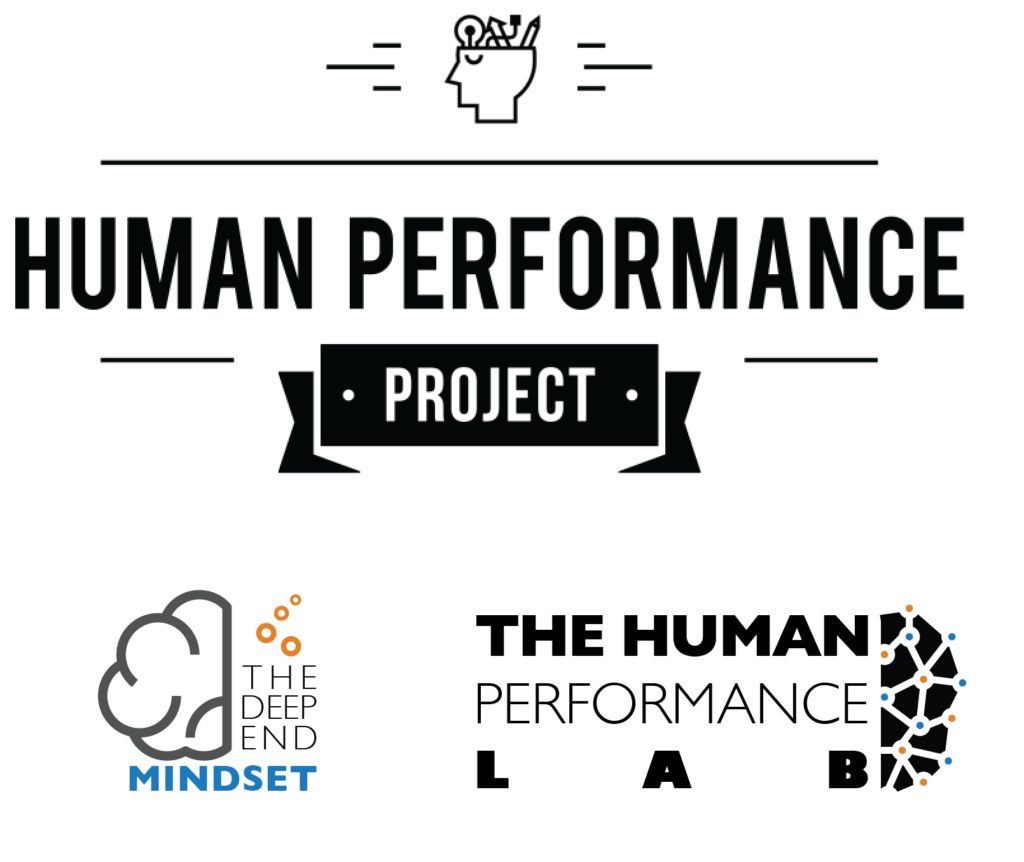I felt on top of the world
I was swimming in the deep end and firing on all cylinders just to keep my head above water. The challenge felt nearly insurmountable – but I was thriving at my outer limit.
I had mastered a delicate juggle of leading complex technology teams at work, fitting in 3 training sessions a day in pursuit of my 2020 Tokyo Olympic goal, and being present as a husband and father in my family.
Then Life Happened
The first curveball came in August when we learned we were going to be expecting the fourth member of our family April – Tash was pregnant! How exciting I thought… No big deal, we’ve got lots of time to think and plan our way through it.
The second curveball in immediate succession came with the decision to sell our home in Vancouver and look for a bigger place east of the city. It seemed like without a second thought we sprung into action, getting our house ready to show and sell within 3 weeks. In the meantime we began looking for our new home.
With a quick and successful sale I felt like we were kicking life’s ass.
Then I ran head first into “the Wall”
I woke up one more a few days after the sale feeling like I had been hit by a train – mentally and emotionally exhausted. My body was on a downward spiral into full sickness mode. I shook it off (as I normally do) and made a few quick course corrections to ensure a quick recovery. I thought “no problem, I’ll sleep for another hour (it was 5:30AM) take some oil of oregano, vitamin C and be at work before 7.”
7AM came and I could barely motivate myself to get out of bed. Yes, I was coming down with a cold, but this was different. Something was missing.
I decided to give myself 30 more minutes of rest and recovery before finally getting my butt into gear.
30 minutes turned into 4 hours, and I was feeling worse.
It felt as though my body, mind, and spirit were in free fall.
“Where did this come from?” I wondered.
The patience to rest turned into anger and frustration towards myself (how’s that for a type A symptom). Firstly for getting sick, but more importantly for somehow completely losing my Mojo, that spark that propelled me through tireless 14 hours days just the week before.
“Hello, my name is Tyrell and I am a burnout junky”
It took me the whole day to acknowledge that I wasn’t going to be battling back to full health in 12 hours. The deeper realization that this was something much more significant than a chest cold didn’t sink in for another couple of days.
As my energy continued to plummet and burnout sunk in I began a full fledged 2 front attack on my recovery.
My Body is my Temple
First, my physical state. I needed to give my body everything it could to fight this illness. As usual, I increased my sleep and fluid intake, in addition I added a couple of treatments that have remained even since getting better:
- I began to drink a home-brewed tea created by Tash consisting of a mix of grated ginger and ginseng, fresh lemon and honey.
- I did a course of IV vitamin treatments at the IV boutique. In high school while working towards my BHAG of winning championships and playing NCAA basketball, I gave myself mono… Twice. IV was a critical part in giving my body the upper hand it needed to fight that illness.
- I continued my Wim How breathing and meditation which I continue to find calms my mind, body and soul.
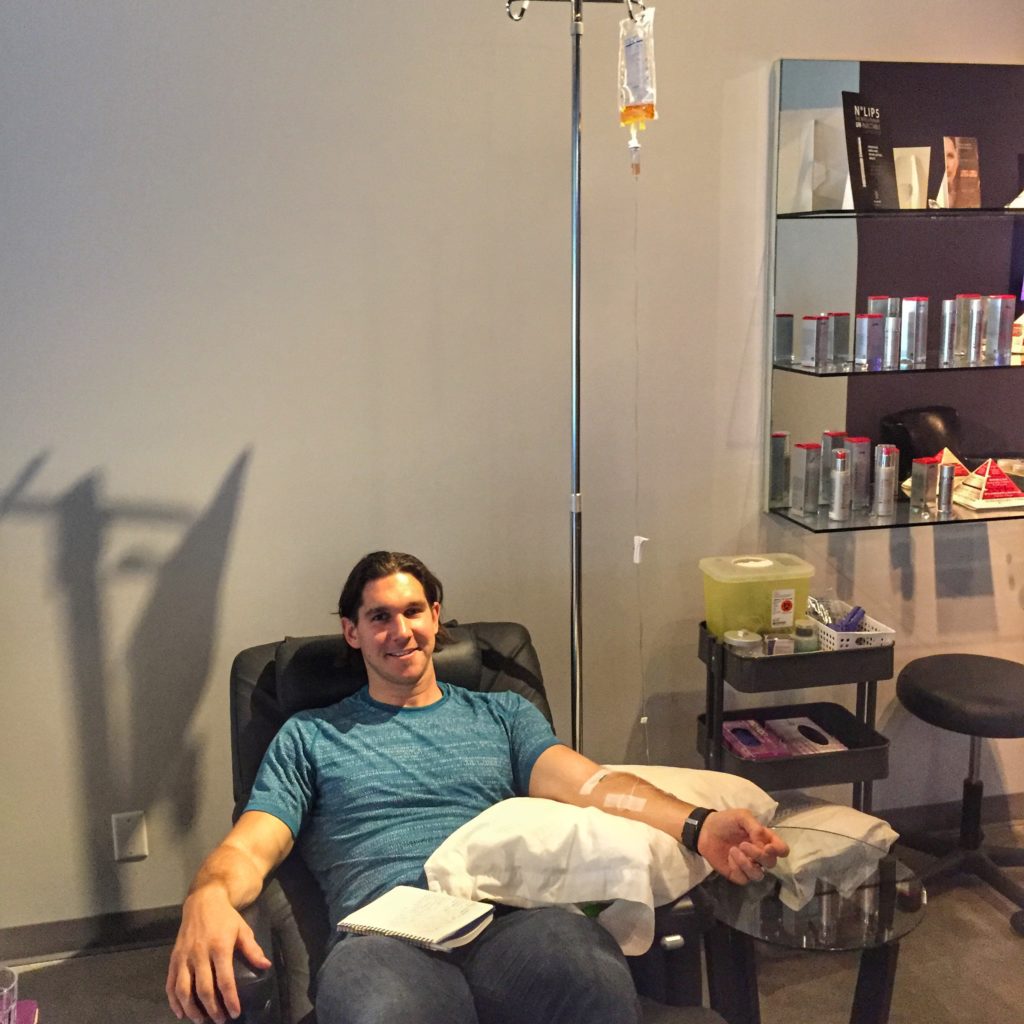
With these pieces in place I felt like I was prepared for the battle on the physical front.
But this wasn’t the real recovery I was concerned about. I needed to get to the root cause of why my energy, motivation and psyche had literally vanished.
What put me over the edge?
An Energy Awareness Strategy
I decided to put myself through an exercise that would help me uncover what was really going on.
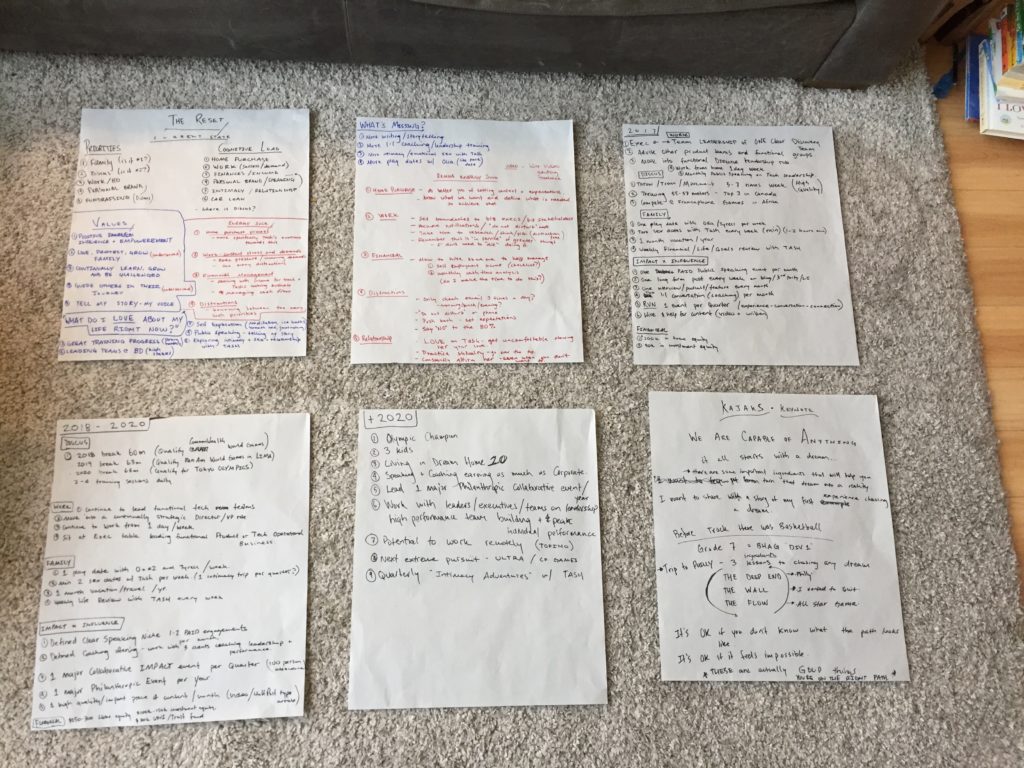
1) Values & Pillars
This started with a post-mortem on my values and the three key pillars I had architected in my life.
Career – Leadership
As I reflected back on the past several weeks I firstly acknowledged the amount of stress and overall energy I was outputting on a daily and weekly basis. I had increasingly moved into a pivotal leadership role between our executive team and the teams I led at BuildDirect. I loved the added pressure and challenge of this opportunity, but admittedly it kept me up at night more and more.
Discus – Olympics
While my Discus training was going really well, because I was doing up to 3 sessions a day the simple energy output equation was easy to quantify. There were days where I would be literally running from one appointment, meeting or workout to the next from 7AM to 830PM. To be honest, that wasn’t unusual.
Family – Presence
Tash was doing an incredible job as the leader of our family, raising our daughter and keeping our home running smoothly. She has super power qualities in this regard. Our relationship was open, honest and transparent – we were able to voice and work through what the other needed and support each other as individuals and as a united couple. But the more I thought about it, the more I felt something may be missing here.
2) Alignment through Reflection
With these three pillars in place, I took a closer look at the last several weeks of my life and immediately saw something I hadn’t before. An energy blip that had somehow been flying under the radar – sucking mental, emotional and relationship energy from my daily life.
I had committed to this story in my head that buying and selling a home in under a month would be routine and straight forward. List our house, sell it, see some other houses, buy one.
In reality, getting our home ready to sell became a full time job for Tash (increasing her overall stress and energy output levels), and a mental and emotional investment for both of us. Combined searching for a new home, writing offers, having building inspections fall through meant this was no simple walk in the park.
And this, I realized, was the hair that broke the camel’s back.
Here was this thing that had come into my life out of no where (first the news of a 2nd child, then the move) and demanded energy and attention from me. Because I was already firing on all cylinders – I never took the time to pause and ask “how are we going to manage this new pillar in your life”… Instead, I just sucked it up and did it.
It made so much sense. I couldn’t believe I hadn’t seen it before. And that thought made me realize there is a much deeper narrative at play here.
The Bottom Line.
Everything we choose to be a part of our lives physically, mentally, spiritually and emotionally has an energy toll – this is a universal truth that cannot be swept under the rug or ignored.
Take a look at your life. Use today as an example.
How many of the things you are doing today did you intentionally choose because they are the most energy enriching things you could possibly be doing in your life?
My guess is you’ve already identified a handful of activities, conversations, experiences that aren’t serving this purpose.
Back to my Deep Dive…
For a second I thought it was okay to stop my analysis there. I had found the root cause and knew that from here on out I would need to intentionally address how we treated this pillar in our lives. But I had come this far… Why not do a thorough pulse check and see what other ‘energy sucks’ I had been sweeping under the rug?
The Energy Equation
I pulled out a flip chart and wrote down three simple questions…
- Where am I currently spending the majority of my “cognitive load”?
- What things feel like ‘energy sucks’ in my life right now?
- What do I absolutely LOVE about my life today?
This is a 10 minute exercise I would recommend to anyone. But it comes with a warning – before doing this exercise you must be willing to put all your cards on the table. Be fully honest and open with yourself – there may be things that come up that you didn’t expect – write those down – let them sink in.
Cognitive Load
1) Home purchase
2) Work
3) Finances
4) Public Speaking, personal brand and Olympic fund
5) Intimacy and relationship with Tash
6) Discus
Energy Suck
1) Home purchase process – our emotional attachment to it
2) Constant stress and demands of work – exec pressures combined with too many priorities to juggle
3) Financial Management – bookeeping for Olympic fund and Tash’s personal business
4) Distractions – bouncing between too many high priorities AND constant distraction of phones/social media
Love in Life Today
1) Great Discus training progress
2) Leading teams at BuildDirect
3) Self exploration
4) Public Speaking
5) Exploring deeper intimacy and relationship with Tash
As I looked at the list some answers seemed like they were right where they were – while others shocked me.
A Real Example – ‘Opening the Komono’
A great example is my relationship with Tash. For the past several weeks our relationship has been completely transactional and functional. We were working as a well oiled unit to pull off our crazy lifestyles- long days, 2 jobs, Olympic training, child to care for, house to sell, etc. But with all of our cognitive load and energy being placed on the things we deemed ‘important in life’ we let go of the single most important intangible part of our relationship – the intimacy and deep connection to each other. This wasn’t ruining our relationship or putting our marriage at risk – but increasingly everyday without us knowing it there was more tension, resentment and disagreement between us.
As I thought about all of the areas of my life where the energy equation could have a significant positive impact – I acknowledged that this relationship was probably the biggest pendulum swing we could both respectively realize.
What Needs to Be True…
I moved right into a follow up exercise where I asked “what needs to be true for me to let go of this cognitive load or energy suck.” On a separate page I was able to brainstorm several strategies that would help me remove the items which were not critical priority from the list. For example actually taking a structured course to help support Tash and I’s relationship was a strategy I thought would drastically move that pillar in the right direction.
Taking the Time to Work on Ourselves
I felt like 1,000 pounds had been lifted off my back. Still coughing and feeling achy, I took a breath and celebrated the fact I just learnt something completely new about myself and had laid out a re-usable process for uncovering these imbalances in the future.
I began scribbling notes, sending emails, and taking the action steps to bring my life into a clearer picture, a more balanced focus.
What Dream are You Chasing?
If you’re chasing a dream (which I hope you are). Life is going to get hard. You’re going to hit the wall, over and over. It is going to feel beyond impossible at times.
And it will suck. But it is one of the most perversely desirable feelings to encounter – because you know you are on the right path, and you know others will give up were you persevered.
You can do it.
And it is strategies and processes like the one I described above that will help you get there.
I’d love to know if you were brave enough to give it a shot.

